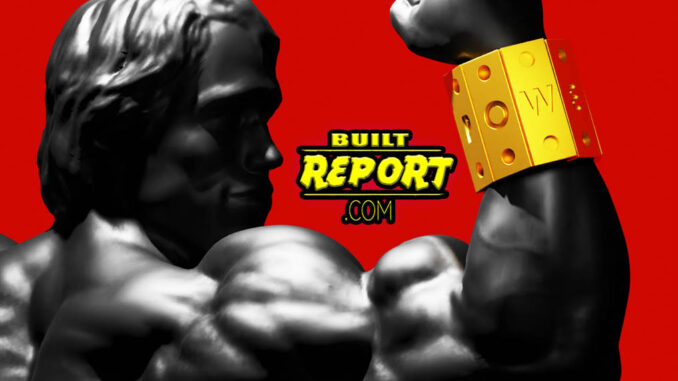
The story of Joe Weider, often known as the “Trainer of Champions” and the “Muscle Builder,” extends far beyond his influential role in the world of bodybuilding. An intriguing facet of Weider’s legacy lies in his alter ego, “Tiger Rough Joe,” who, surprisingly, ventured into the world of self-defense and unconventional exercises.
Weider, a true pioneer in the realm of physical fitness, recognized the importance of self-defense, and he shared his knowledge with his readers. In a world where physical confrontations are sometimes inevitable, Weider’s advice was both practical and unorthodox. He provided readers with a simple yet effective defense tactic – a well-aimed knee to the groin of an assailant who had their hands around your throat. It was a practical approach to self-preservation that showcased Weider’s commitment to equipping his audience with real-life skills beyond the gym.
But that was not the extent of Weider’s unconventional teachings. He delved into scenarios that, on the surface, seemed unlikely but were nevertheless entertaining and informative. Weider explored the peculiar situation of defending oneself against someone intent on reenacting the iconic “Gone with the Wind” poster. This whimsical approach demonstrated his ability to engage readers and add a touch of humor to his teachings.
Weider’s dedication to his audience was evident in his willingness to address a wide range of topics. His forays into sex education, judo, and even the development of a “he-man” voice and personality showcased his commitment to imparting valuable knowledge beyond the realm of bodybuilding. He believed in teaching what he knew best, and his diverse interests and expertise reflected his multifaceted approach to health and well-being.
In the 1970s, the Weider Research Institute introduced an intriguing concept – male jewelry in the form of the “Hell Bent For Leather and Lead Strong Arm Bracelet.” These wrist bracelets, while perhaps unconventional, were marketed as a symbol of masculinity and strength. The ad campaign challenged readers, asking if they were “man enough” to wear them. Weider’s team preemptively acknowledged the potential for mockery, asserting that it was not the bracelets that looked foolish but the wearer who might seem less than manly if they couldn’t embrace them.
Arnold Schwarzenegger and other renowned bodybuilders endorsed these bracelets, initially known as Strong Arm Bracelets, before a newer model, the Power Bracelet, gained popularity. These accessories were not just fashion statements; they were often worn for specific roles in movies or television. Icons like Arnold, Steve Reeves, Ralf Moeller, Lou Ferrigno, Dave Draper, Frank Zane, and others found themselves donning similar bracelets as part of their on-screen personas.
Weider-style bracelets allowed these bodybuilders to embody a certain image and character, especially when they were in front of the camera. Chuck Sipes wore them as a strongman, while Chris Dickerson had his own personal reasons. These accessories were more than just fashion; they were tools that helped these athletes get into character and feel strong, heroic, and in control of their destinies. Weider recognized the psychological impact of such adornments, offering bodybuilders a unique way to express themselves and embrace their roles.
In the end, Joe Weider’s foray into self-defense, unorthodox teachings, and male jewelry reflected his multifaceted approach to health and fitness. He was not just a bodybuilding icon but a true pioneer who sought to empower his audience with a wide array of knowledge and tools, ensuring they could lead strong and confident lives both inside and outside the gym.
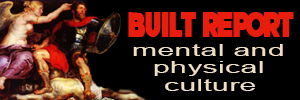
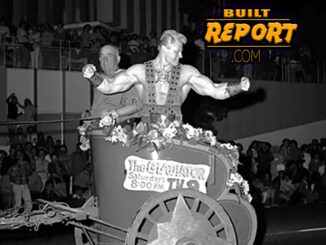
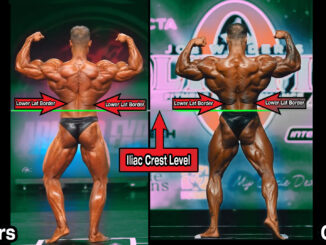
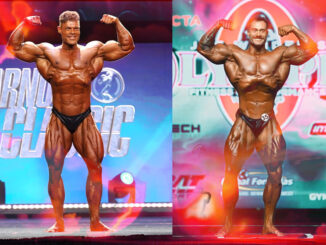
Be the first to comment